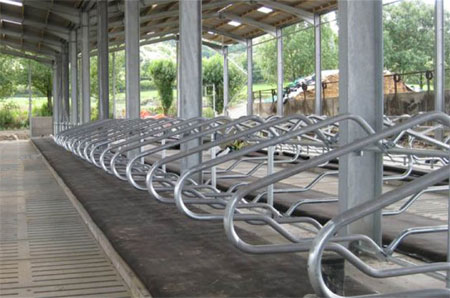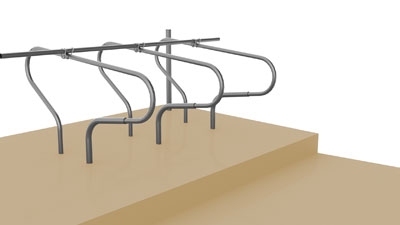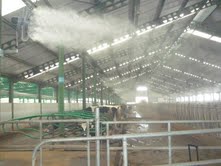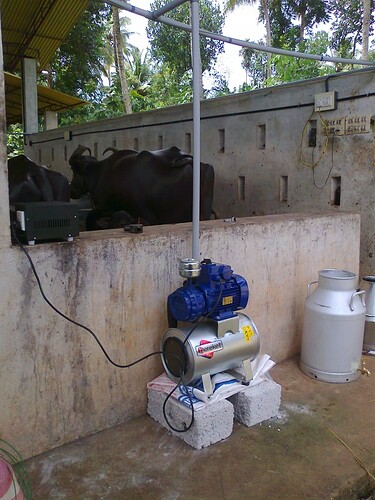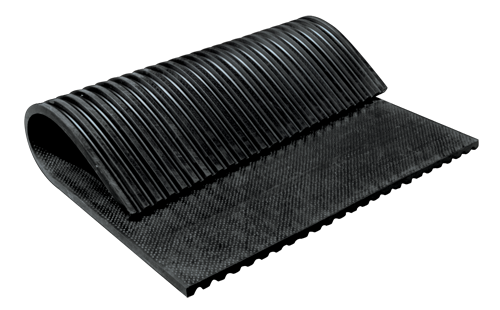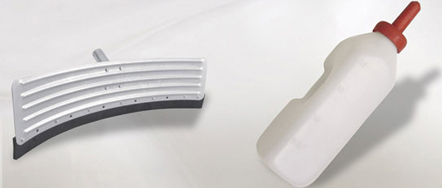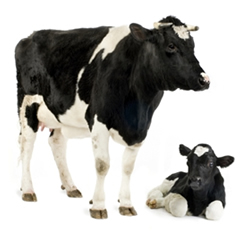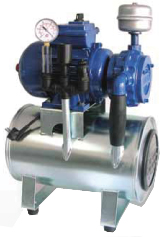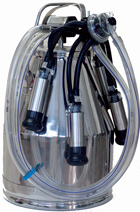Housing of dairy cows:-
Feed racks with headlocks locks are installed in dairy farms to make use of the available space. Cubicles provide comfortable space - assuring resting place for each cow and feed racks make sure the cow is forced to eat what is given. The locks can easily be opened and closed with one lever. It is specially designed to feed young and mature cows. It helps in moving the cows safely during feeding time and no stampede during the feeding process, and it allows you to make the feeding according to the various animal groups in the barn. The feeding locks have a practical on-off mechanism. The feeding locks will be manufactured by hot dip galvanized plating to protect them against corrosion. It’s available with or without headlock arrangement. It will be easy to fabricate mushroom type cubicles for small farms.
See below picture of a feed rack with locking arrangement and it’s locked normally during feeding time. The cow is forced to eat the ration dropped in front.
You must keep all 4 sides of the barn open. Split roofing is also ideal. It’s better to ensure light passage in the roofing by using transparent sheets in between. See the roofing in dairy housing picture attached herewith.
Flooring:- It should be made from artificial materials, rough in design ensuring good grip for the cows, which can collect solar heat thereby assists in faster drying of the surface, easy to clean and avoids being not slippery. Cement concrete flooring with straight grooves is preferred. A slope of 2-3cm should be provided from manger towards the gutter at the back of the cow.
Proper housing climate is one of the pre-conditions for maintaining an ideal environment in all types housing systems. It will directly reflect on the well-being, health condition of animals and its overall performance. Conditions should be made to enhance the animal’s inherent ability to control its own temperature. Ventilation is essential for the supply of fresh air.
In dairy farming, the well-being of livestock plays a significant role in achieving most favourable herd result. Stress-free housing of dairy cattle is one of the major conditions for the realization of this goal. It is important to provide feeding, milking, comfortable resting, cow handling and the environment in a way enabling cows to milk up to their potential.
Murali Krishnan
srivinayakatvm@gmail.com
9447088234
